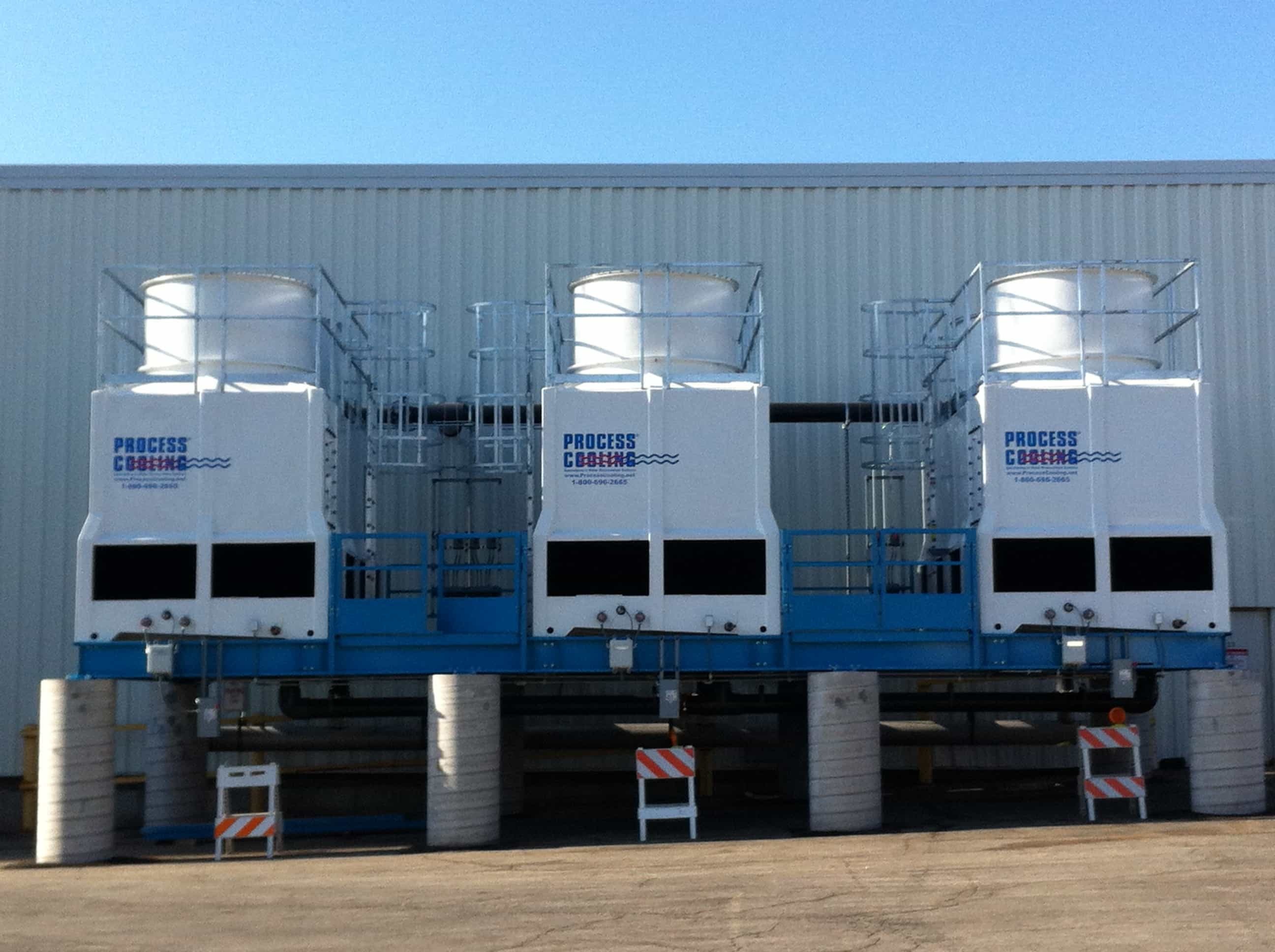
At VEERA CONTRACTS, based in Gurugram, Haryana, we provide advanced Process Cooling Solutions tailored to meet the needs of diverse industries. Process cooling is a critical component in many industrial and manufacturing operations, ensuring precise temperature control for equipment, processes, and products. With our expertise, we deliver efficient, reliable, and sustainable cooling systems designed to optimize performance, reduce energy consumption, and enhance productivity.
What is Process Cooling?
Process cooling refers to the cooling systems and technologies used to remove heat generated during industrial processes. It plays a vital role in maintaining operational efficiency, ensuring product quality, and protecting equipment from overheating.
Applications of Process Cooling
Our process cooling solutions cater to a wide range of industries, including:
- Pharmaceuticals: Maintaining precise temperatures for chemical reactions, drug production, and storage.
- Food and Beverage:Cooling during production, processing, and packaging to ensure product safety and freshness.
- Plastic and Rubber:Controlling temperatures for molding and extrusion processes.
- Automotive:Cooling for manufacturing components, painting, and assembly processes.
- Power Plants:Managing heat generated during energy production.
- Electronics: Cooling sensitive components during production and assembly.
